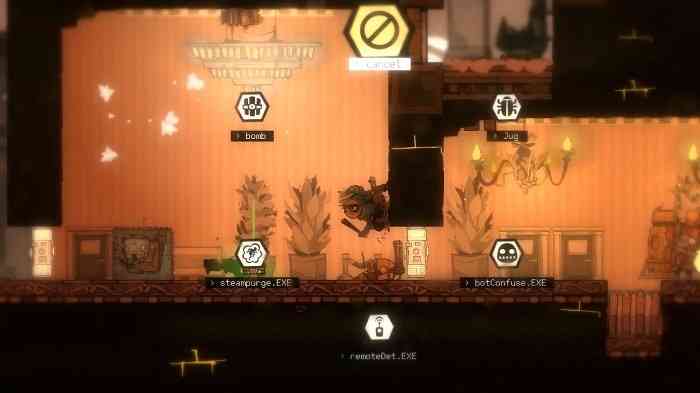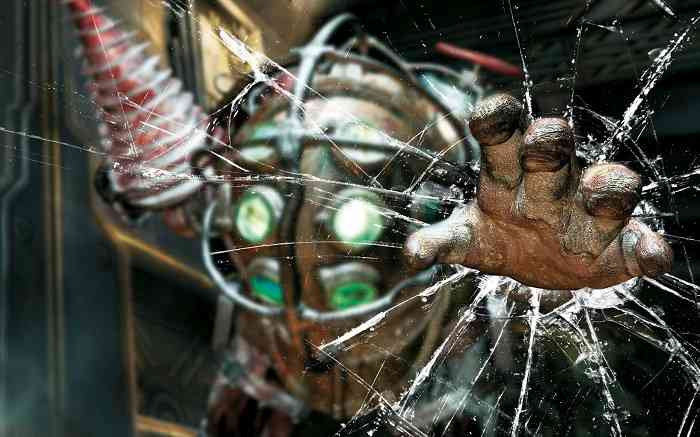What do Steam sales, PlayStation Plus, Games with Gold, Humble Bundles, and flash sales all have in common? If you answered that they all represent a fantastic value for consumers, then you’d be absolutely correct. But they’re also a large reason why games’ value is at an all-time low.
These huge sales on digital items can be traced back to Steam’s now annual holiday sale. They started off innocently enough. At first every game was 10-50% off. To put it in perspective, one of the major highlights in 2007 was BioShock for $37.45. That number grew up to 75% off by 2008, and has continually grown ever since.
As a consumer, it’s awesome. These sales mean that if you’re willing to wait for a game, then you can get them for dirt cheap. When publishers are willing to price their biggest games at a mere $5 it means that consumers are less and less willing to fork over $60 for new releases. Why pay so much more money up front when you can get it a few months later for $20, or a year later for a Lincoln?
While Steam sales have definitely contributed to this problem, they are far from the only cause. PlayStation Plus and Games with Gold in particular have caused a real problem with both the perception and value of digital-only games, specifically those done by small independent developers.
Since indie games are often given away each month as part of a membership, they are now perceived by many gamers as lesser games. If you view any PlayStation Blog post about an upcoming PlayStation 4 indie game, you’ll find multiple comments talking about how they look forward to playing the game on PlayStation Plus in a few months. No matter how awesome an indie game is, they now have to try extra hard to break the stigma that they’ll be free sooner or later.
______________________________
“When publishers are willing to price their biggest games at a mere $5 it means that consumers are less and less willing to fork over $60 for new releases.”
This causes games to have low sales from the get-go, which often leads to emergency sales. If a small developer needs to see a return on their game immediately, who can blame them for making their game 50% off a few weeks after it has a disappointing first month? This vicious circle leads to the gamers that did buy the game at full price feeling like they got ripped off, and makes those consumers more likely to join those that wait in the future.
The game industry is essentially an Ouroboros at this point. Players don’t buy games because they become way cheaper later. Games are deeply discounted because nobody buys them immediately. This will never stop unless there is a change.

So how can this be fixed? I don’t have the answer, but I do know some places to start. It won’t be something that is remedied over night, but over a decade. Publishers will have to scale back on massive sales if they want to regain value for their retail games. Indie developers in particular will have to take after the example set by people like Dan Marshall, who didn’t put his latest game, The Swindle, on sale until six months after launch. And when it did go on-sale it wasn’t for pennies on the dollar, but was a more reasonable 50% off.
However, even if the whole industry somehow cooperated and ended the race to the bottom in terms of pricing, it wouldn’t be fixed. There is still a perception issue, and one that is even harder to tackle. Games with Gold and PlayStation Plus won’t be going away anytime soon. It’ll take high quality indie games that are priced appropriately (like Gone Home at $19.99) to get people to stop viewing these releases as lesser games, and on equal ground.
I’m writing this because I’m concerned about the health of an industry that I love. This article isn’t meant to persuade you to purchase games at full price, or to not participate in these deals. After all, this isn’t the consumer’s problem. It’s an issue that publishers have created, and it’s one that they’ll have to figure out a way to dig themselves out of if they want avoid major difficulties in the near future.
